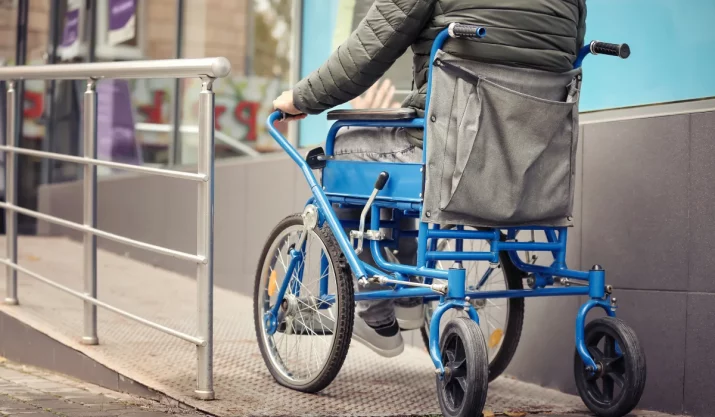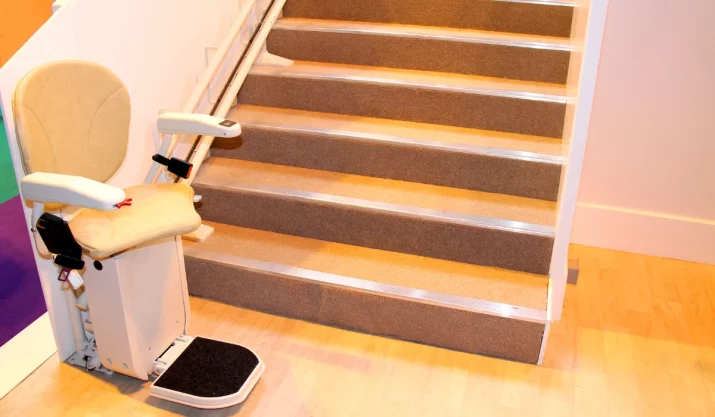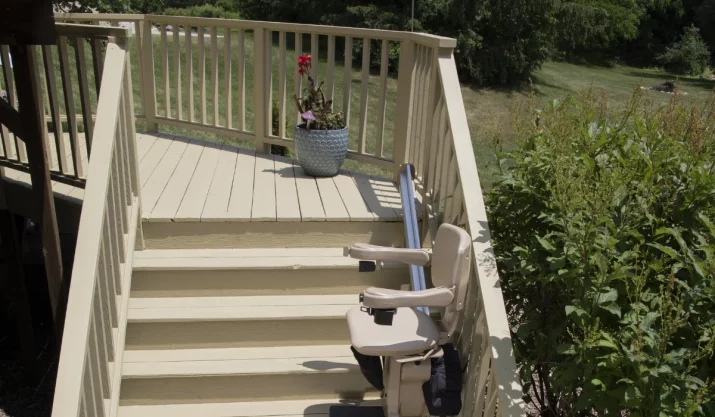Preventing Falls: Why Ramps Matter More Than You Think

Table of Contents
If you or a loved one faces mobility challenges, you know that fall prevention is not just a buzzword; it’s a priority. Among the many home modifications that can make a difference, a wheelchair ramp is one of the most effective and overlooked solutions.
Wheelchair ramps provide more than just access; they are vital for reducing the risk of falls, supporting aging in place, and improving quality of life.
In this article, you’ll learn how wheelchair ramps contribute to fall prevention, the features that matter most, and what to consider when planning a safe and accessible entryway for your home.
Key Takeaways
- Wheelchair ramps are crucial for fall prevention, helping to reduce the risks posed by steps, uneven thresholds, and steep walkways for seniors and individuals with mobility challenges.
- Key safety features include non-slip surfaces, sturdy handrails, durable materials, and ADA-compliant design, all of which contribute to safer home access.
- Caregivers also benefit from ramps, as they reduce physical strain and make daily tasks, such as helping a loved one enter or exit the home, safer and easier.
- Planning and professional installation are essential to ensure ramps meet safety standards, fit your space, and provide reliable support for long-term use.
The connection between ramps and fall prevention
Falls are a leading cause of injury among older adults and individuals with limited mobility. Uneven steps, steep staircases, and poorly designed thresholds are common tripping hazards that can result in serious injury.
When installed correctly, a wheelchair ramp smooths out these danger zones, making daily movement safer for anyone using a wheelchair, scooter, or other mobility device.
Caregivers also benefit. Whether helping someone up a short threshold or guiding a loved one into the home, ramps reduce the strain and risk of injury for everyone involved. Threshold ramps, for example, eliminate the need to lift a mobility device over raised door frames, making entrances safer and easier to navigate.
Key features of a safe wheelchair ramp
Not all ramps are created equal when it comes to fall prevention. Here’s what to look for:
Non-slip surfaces
Weather conditions, such as rain or morning dew, can make surfaces slippery. A ramp with a non-slip or slip-resistant surface helps maintain traction, reducing the chance of falls, especially in outdoor settings. Many high-quality portable ramps and threshold ramps feature built-in slip-resistant materials for added safety.
Sturdy handrails
Handrails provide essential support for individuals who can walk but require assistance with balance, as well as for caregivers helping someone up or down the ramp. ADA guidelines require handrails on certain ramps to meet safety standards, and local building codes often align with these rules. When selecting a ramp, ensure that the handrails are easy to grip and securely attached to the ramp.
Compliance with ADA and building codes
Choosing ramps that meet Americans with Disabilities Act (ADA) standards and local building codes ensures your installation supports safe home access. ADA-compliant ramps specify appropriate slope, width, and landing areas to reduce the risk of falls and accommodate those who use wheelchairs or mobility scooters.
Durable materials
Long-lasting materials, such as aluminum or treated wood, resist wear and tear, providing steady support over time. They also handle varying weather conditions better, which helps prevent structural issues that can lead to falls.
Types of ramps that support fall prevention
Depending on your home’s layout, various accessibility solutions can provide safer entry and exit points.
- Threshold ramps: These small ramps smooth out raised doorways, making it easier for people who use wheelchairs, scooters, or strollers to enter and exit without tripping hazards.
- Portable ramps: Ideal for temporary or flexible use, portable ramps allow you to create safe access wherever it’s needed, such as visiting friends or family.
- Permanent ramps: These ramps, often custom-installed, provide a long-term solution for preventing falls while aging in place.
Why ramps matter for caregivers
If you assist a loved one with limited mobility, you understand how challenging stairs and uneven walkways can be. A properly installed ramp reduces your risk of strain injuries and makes daily activities like grocery trips or doctor visits safer for both of you.
Ramps, when combined with other home modifications such as grab bars, stair lifts, or proper lighting, create a comprehensive home safety environment.
Getting started with the ramp installation
Before installing a ramp, it’s essential to:
- Assess your home’s entry points: Look for areas with steps, narrow walkways, or uneven ground that create tripping hazards.
- Consult local building codes: Even if your ramp is for private use, building codes ensure the structural integrity and safety of your ramp.
- Work with professionals: Proper ramp installation ensures your ramp meets ADA recommendations where applicable and provides the proper slope and support for your unique situation.
California Mobility offers ramp solutions specifically designed for homes across California, ensuring your ramp is tailored to fit your space and meets all necessary safety requirements.
Whether you’re in Los Angeles, San Francisco, San Diego, or a smaller community, our local experts can help you select the ideal accessibility solution for your specific needs.
Final thoughts
When it comes to fall prevention, wheelchair ramps deserve far more attention. They provide safe and reliable access, reducing the risk of falls for older adults, individuals who use wheelchairs, and caregivers alike. A ramp isn’t just a convenience; it’s a simple but powerful way to protect your independence and well-being.
If you’re considering a ramp to improve home safety, consider the entryways that could benefit from it and determine the type of ramp that best suits your space. Safe, accessible homes start with thoughtful planning.
Need help choosing the right ramp? Call us today to speak with a local expert.








